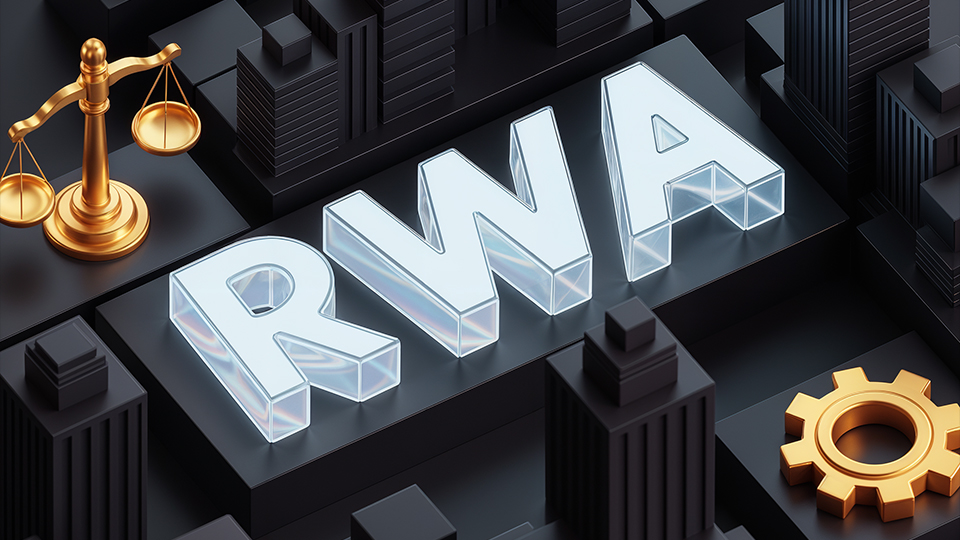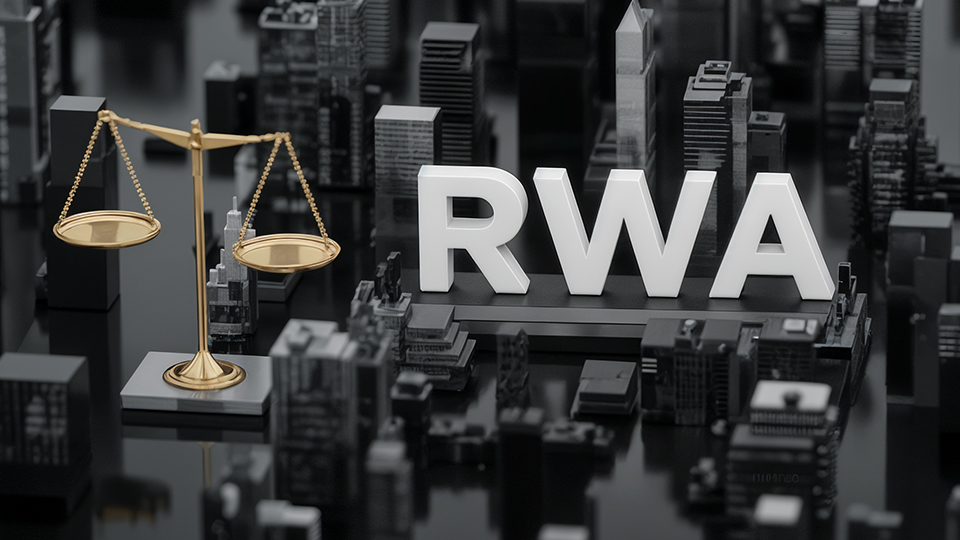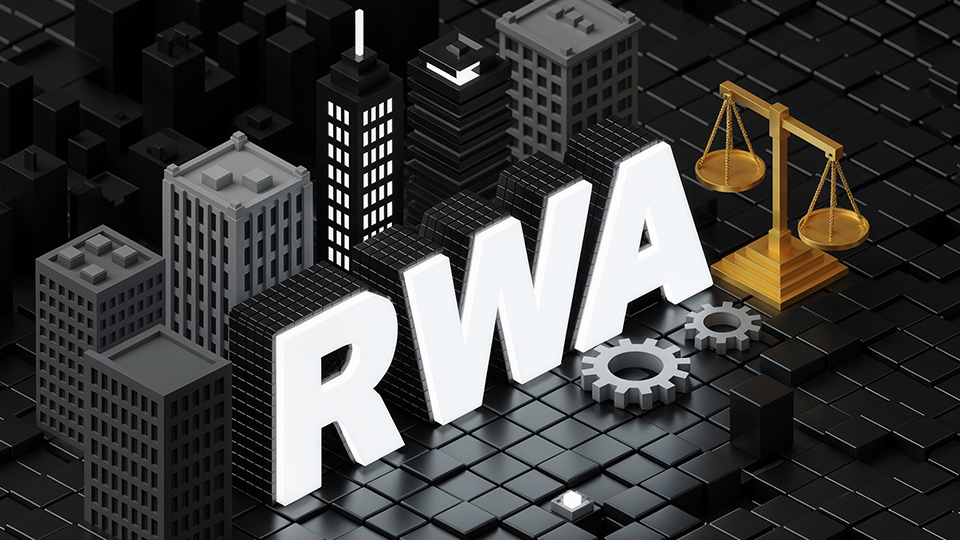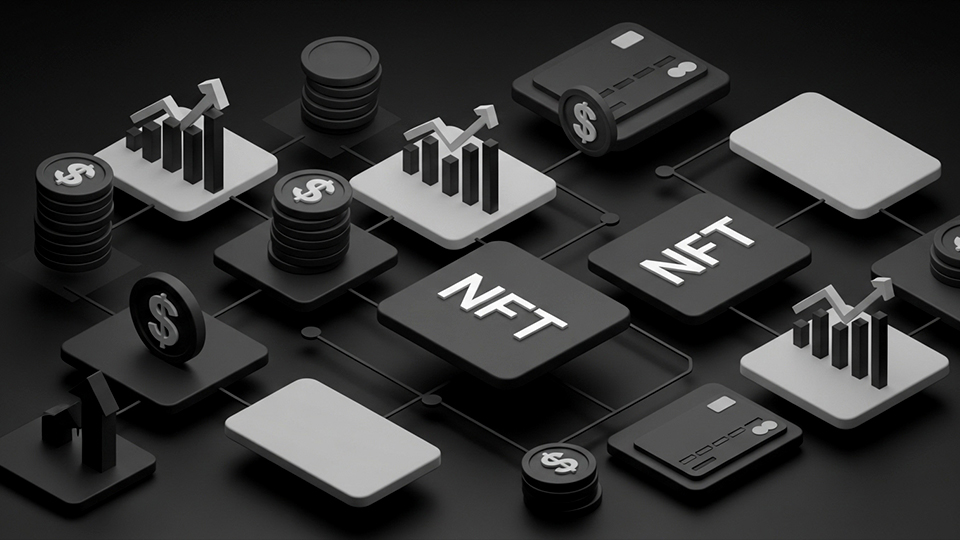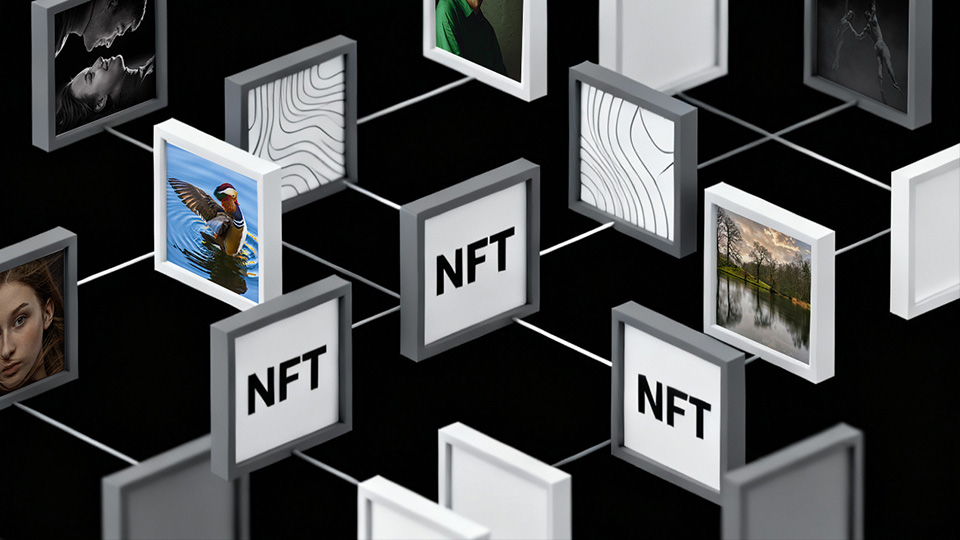ERC-3643 and the Role of Token Standards in RWA Compliance
The tokenization of real-world assets (RWAs) represents a transformative shift in the financial sector, enabling the digitization of tangible assets like real estate, commodities, and securities. However, this innovation brings forth significant regulatory challenges, particularly concerning compliance with existing legal frameworks. Traditional token standards, such as ERC-20, were not designed with regulatory compliance in mind, posing obstacles for the tokenization of regulated assets. In response, the ERC-3643 token standard has emerged as a solution, offering a framework that integrates compliance mechanisms directly into the token’s architecture.
Understanding ERC-3643
ERC-3643, initially known as the T-REX protocol, is an Ethereum-based token standard tailored for the issuance and management of permissioned tokens. Unlike ERC-20 tokens, which are designed for open and unrestricted transfer, ERC-3643 incorporates built-in compliance features that ensure only eligible participants can hold and transfer tokens. This is achieved through mechanisms such as identity verification, transfer restrictions, and compliance logic embedded within the token’s smart contract.
The standard operates through a modular architecture, separating identity management, compliance rules, and token logic into distinct smart contracts. At its core, ERC-3643 introduces a claim-based identity system, linking each user to an on-chain identity validated by authorized entities. This identity determines eligibility for token ownership and transfer, aligning with regulatory requirements such as Know Your Customer (KYC) and Anti-Money Laundering (AML) regulations.
Key Features of ERC-3643
1. Permissioned Tokenization: ERC-3643 enables the creation of tokens that can only be held and transferred by verified participants, ensuring compliance with securities laws and regulations.
2. Built-in Compliance Mechanisms: The standard allows issuers to program compliance rules directly into the token, such as investor accreditation status, residency restrictions, or sanctions list screening, facilitating adherence to jurisdictional legal requirements.
3. Modular Architecture: By separating identity management, compliance rules, and token logic, ERC-3643 provides flexibility and scalability in managing tokenized assets.
4. Integration with Existing Infrastructure: ERC-3643 is compatible with existing Ethereum-based infrastructure, allowing for seamless integration with decentralized finance (DeFi) platforms and other blockchain applications.
ERC-3643 vs. Traditional Token Standards
Traditional token standards like ERC-20 were not designed with regulatory compliance in mind. They allow open transfers, meaning anyone can hold or send the tokens, and they lack built-in mechanisms for verifying investor eligibility or enforcing legal restrictions. This makes them suitable for utility tokens or stablecoins but less appropriate for tokenizing regulated assets.
In contrast, ERC-3643 introduces permissioned tokenization, where only verified participants can hold or transfer tokens. Compliance features, such as KYC/AML checks, residency restrictions, and investor accreditation verification, are embedded directly into the token’s smart contract. This makes ERC-3643 well-suited for tokenized securities, real-world assets, and other regulated financial instruments, providing a framework that aligns with existing legal and regulatory requirements.
Real-World Applications
ERC-3643 has been adopted in various sectors for the tokenization of RWAs:
• Real Estate: Facilitating fractional ownership and transfer of property assets while ensuring compliance with local regulations.
• Private Equity: Enabling the issuance of security tokens representing shares in private companies, with embedded compliance checks.
• Debt Instruments: Tokenizing bonds and other debt securities, allowing for efficient and compliant trading on blockchain platforms.
These applications demonstrate the versatility and efficacy of ERC-3643 in addressing the compliance challenges associated with RWA tokenization.
ERC-3643 in a Changing Market
ERC-3643 is likely to see wider adoption as more projects and investors look for compliant ways to tokenize real-world assets. Conversations with regulators, including the U.S. Securities and Exchange Commission (SEC), indicate that this standard could become more accepted in mainstream financial markets.
Going forward, ERC-3643 may evolve to include better privacy features, easier integration with other blockchain networks, and more advanced governance tools. These improvements would make it even easier for companies to issue and manage tokenized assets in a compliant and secure way, helping blockchain technology play a bigger role in regulated markets.
